Anahata Chakra or the heart centre is the fourth chakra in the evolution of man. It can be activated by various means. Each chakra has a physical, mental and spiritual aspect. Some of the standard methods to activate / awaken Anahata are listed in this article.
How to awaken Anahata Chakra?
Before attempting to activate / awaken Anahata chakra, it is good to prepare the body by doing asanas or yogic postures that have direct effect on awakening Anahata.
Dhanurasana, Shalabhasana, Matsyasana, Gomukhasana, Kandharasana, Supta Vajrasana and Sirsasana. are particularly useful.
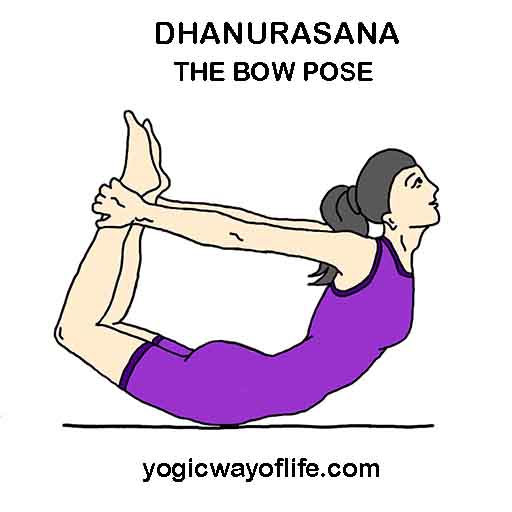
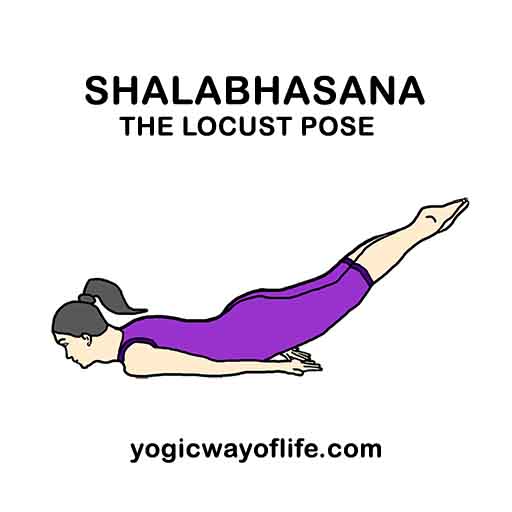
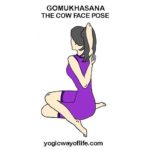



Few techniques from Hatha Yoga and tantric texts are listed below.
Bhramari Pranayama – The humming Breath
Bhramari pranayama or the humming breath can be used to awaken the Anahata chakra.
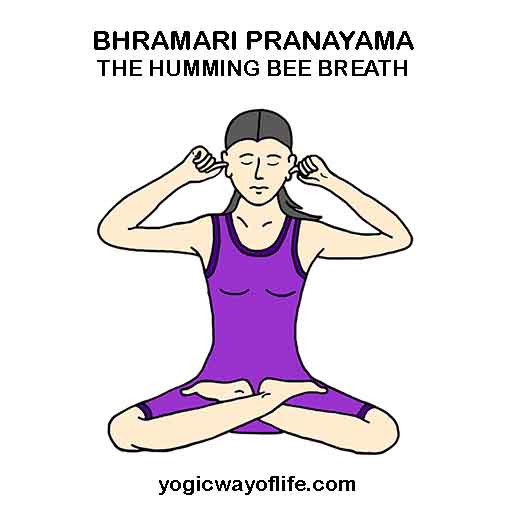
Sit in any meditative pose like Padmasana, Siddhasana, Sukhasana, etc. Close your eyes and relax. Breathe normally. Take the two index fingers and plug your ears to cut off most of the external sounds. Take a deep breath and then exhale very slowly making a humming sound for the full duration of the exhalation. The exhalation should be increased slowly to at least 20 seconds. The humming sound should reverberate in the head. Inhale again and repeat this few times. Bhramari pranayama is good for the heart and produces a calm state of mind.
Ajapa Japa
Ajapa Japa is another powerful way to awaken Anahata chakra. In this practice, we maintain awareness of the inner sound that the breath makes during our respiration process. During inhalation, the breath makes the sound So and during exhalation the breath makes the sound Hum. So we are continuously chanting the mantra So-Hum with each breath. Sit in any meditative pose like Padmasana, Siddhasana or Sukhasana. This can be done even while sitting on a chair. Become aware of the breath. Inhale and exhale slowly with awareness. Become aware of the sound that the breath breathing makes, the So during inhalation and the Hum during exhalation. Observe the breath and the sound for continuously. Do this for 5 to 10 minutes.
Esoteric Tantric Visualisation and Worship of the Chakra
In Kundalini tantra, every chakra is esoterically described as a flower with many petals. Each chakra also has many other aspects like Bija Mantra (seed letter mantra of the chakra), letters on each petal, presiding deity, deity related to the element and many other aspects.
In tantric tradition, each chakra is visualised and worship is offered to each part of the chakra using mantras and hand mudras. It has to be learned from the qualified kundalini master. This tantric visualisation can also be used to awaken Anahata Chakra.
Description of Anahata Chakra from the tantras
In tantra, Anahata Chakra is described as a flower with 12 petals. The petals have the colour of the Indian Bhanduka flower (reddish). Some say it is blue in colour. On the petals are found the Sanskrit letters – Kam, Kham, Gam, Gham, Ngam, Cham, Chham, Jam, Jham, Nyam, Tam and Tham written in the colour of vermilion.
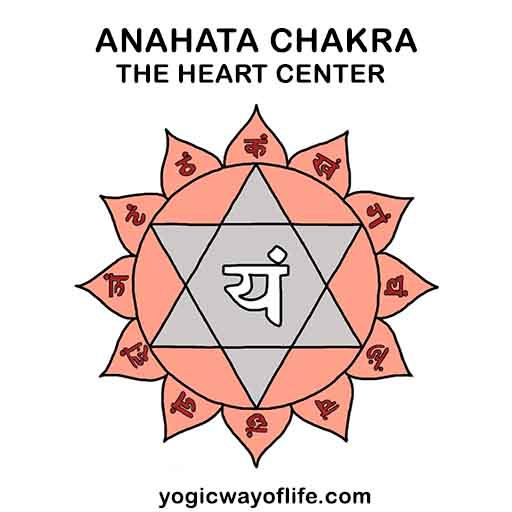
Inside the pericarp is a smoky hexagonal mandala or region of Vayu, or air element. Inside it is the Bija of air element Yam, seated on a black antelope and having four hands. Within it is the merciful lord (some say Shankara), bright like a sun and displaying the gesture of giving boons and dispelling fear.
Inside the lotus is the presiding deity of Anahata called Kakini sitting on a red lotus. Kakini is yellow in colour and like a new lightening, three-eyed, auspicious and benefactress of all. She wears all kinds of ornaments, wears yellow raiment and is four armed with noose, skull and gestures of giving boon and dispelling fear. Her heart is softened with drinking of nectar.
Inside the pericarp of the lotus also is an inverted triangle indicating Shakti. In side it is a Linga (Shiva) by the name Vana Linga which is like shining gold. There are various tantric traditions to visualise the chakra and offer worship to each element present in the chakra. These practices have to be learned from a qualified tantric master. It is passed on only from Guru to disciple in a sacred atmosphere.
In some traditions, worship is offered only to the letters present on the petals of the chakra (Kam, Kham, Gam, Gham, Ngam, Cham, Chham, Jam, Jham, Nyam, Tam and Tham in this case) and the main deity associated with the chakra to awaken the Anahata Chakra. Also, different traditions may worship different deities.
In any case, mantras and hand mudras for worship has to be learned from a proper master who has been initiated through a lineage and is beyond the scope of this article.
Breathing through the Chakra
Another easy way to awaken the Anahata chakra is to breathe through the chakra. Sit in any meditative pose with spine erect. Breathe normally. Take you attention to the location of the chakra (In the spine at the level of the centre of chest). Take a slow and deep breath and imagine that you are breathing in through the Anahata chakra and then breathing out slowly through it. Continue this process for 5 to 10 minutes. When we breathe through our nostrils, we feel the air coming in and going out. Same way, visualise and imagine that air is coming in through the chakra and going out through the chakra. This is only a visualisation. This process, helps to remove lot of blocks and to awaken the Anahata chakra.
Seed Mantra Chanting and concentration on chakra
Yet another way to awaken Anahata chakra is to concentrate on the location of the chakra and chant the seed syllable mantra of Anahata chakra, which is – Yam. Sit in any comfortable meditative posture with spine erect. Chant mentally the Bija mantra Yam very slowly and with full awareness. Continue the chanting and concentration on the chakra as long as you are comfortable. One may start from 5 minutes and go up to 1 hour of this practice.
Listed above are just few of the standard methods used to awaken Anahata chakra and in no way exhaustive. Methods may vary according to traditional and lineage and may include use of mantras, sound frequencies, hand mudras and other Hatha yoga and meditative practices. Select the methods that suite you the most.

I thoroughly enjoy most of your articles. From Asana & so on.
Namaste
Thanks you for sharing this documents. It is very nice to know this information.
Hari Om.
Arun Kumar.R